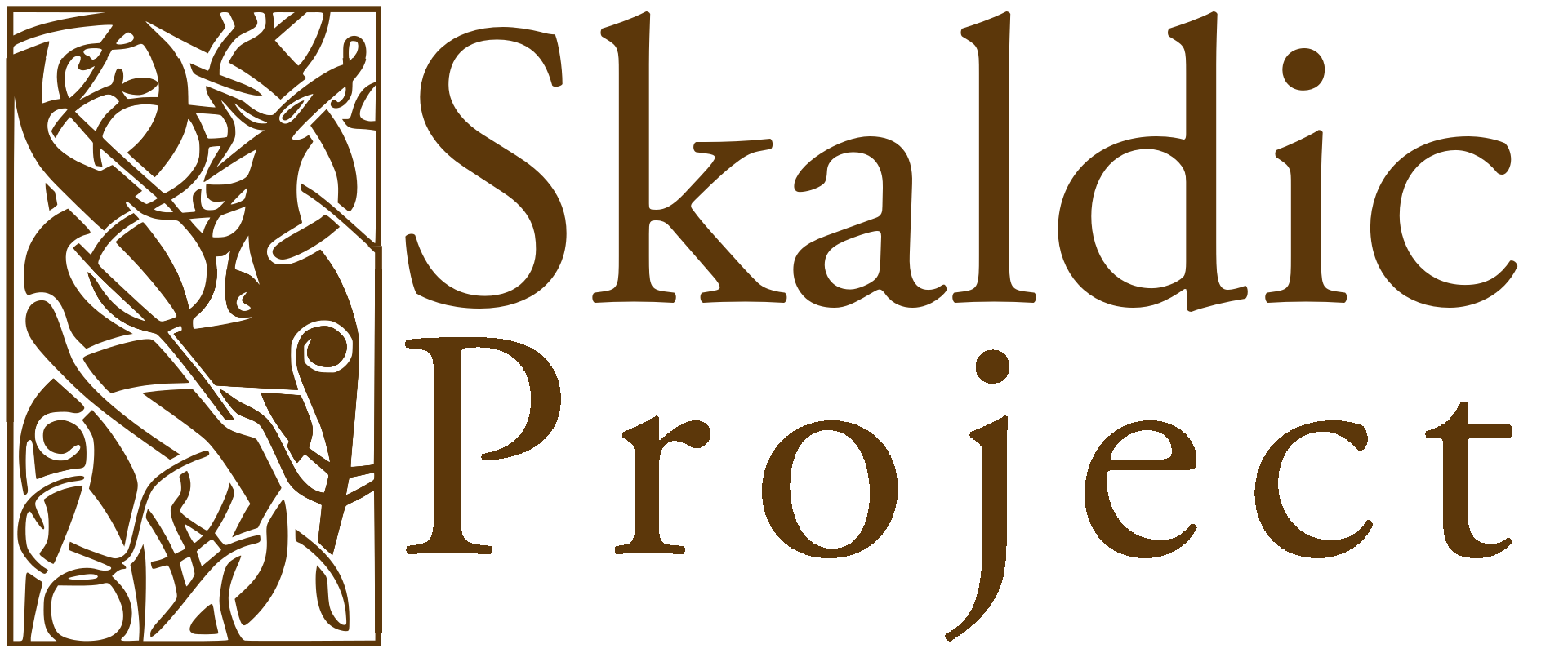Note to Gamlkan Has 60VII
[5-8] kastali grams hauðrs glyggs ‘fortress of the prince of the land of the wind’: Cf. Mdr 1/7, where Mary is praised as God’s hæstr hǫfuðkastali ‘highest chief fortress’. It is possible that the Mdr poet consciously imitated the two appellations for Mary used in this st. Gamli’s use of kenning-types that compare the Virgin Mary to a building, especially a sacred or royal one, the receptacle for Christ’s incarnation, is among the earliest in skaldic verse and is based on Old Testament typology (templum Domini ‘the temple of the Lord’, solium Salomonis ‘the throne of Solomon’), whereby Solomon’s temple is a type or allegorical figure of the Virgin and she in turn is a type of the Church (Schottmann 1973, 47-51, 76).
References
- Bibliography
- Schottmann, Hans. 1973. Die isländische Mariendichtung. Untersuchungen zur volkssprachigen Mariendichtung des Mittelalters. Münchner germanistische Beiträge 9. Munich: Fink.
- Internal references
- (forthcoming), ‘ Anonymous, Landnámabók’ in Guðrún Nordal (ed.), Poetry on Icelandic History. Skaldic Poetry of the Scandinavian Middle Ages 4. Turnhout: Brepols, p. . <https://skaldic.org/m.php?p=text&i=25> (accessed 13 April 2025)
- Katrina Attwood (ed.) 2007, ‘Anonymous Poems, Máríudrápa 1’ in Margaret Clunies Ross (ed.), Poetry on Christian Subjects. Skaldic Poetry of the Scandinavian Middle Ages 7. Turnhout: Brepols, pp. 478-9.
- Katrina Attwood 2007, ‘ Anonymous, Máríudrápa’ in Margaret Clunies Ross (ed.), Poetry on Christian Subjects. Skaldic Poetry of the Scandinavian Middle Ages 7. Turnhout: Brepols, pp. 476-514. <https://skaldic.org/m.php?p=text&i=1025> (accessed 13 April 2025)
